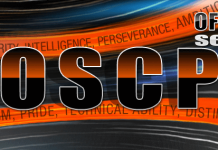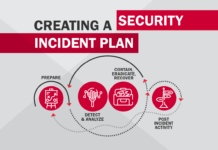We are often asked which books are worth reading to those who take the first steps in the field of information security? Our team of experts on penetration testing compiled a selection of books that will help us to learn the practical issues of information security.
Hacking: Art of Exploitation

IS researcher and security specialist Jon Erickson wrote a book in which instead of simply studying vulnerabilities and exploits, deeper approaches to finding errors made by software developers are considered.
Hacking the Xbox: An Introduction to Reverse Engineering

American engineer Andrew Huang (Andrew Huang) in 2003, published a guide to repair and modify the Xbox. But this is not a simple instruction, but a book that describes approaches and practical examples of reverse engineering.
The Web Application Hacker’s Handbook: Finding and Exploiting Security Flaws

The book by researchers Dafydd Stuttard and Marcus Pinto discuss in detail the basics of web applications and web servers, the exploitation of logical vulnerabilities, SQL injections and other practical examples of attacks on Web applications. The Guide deservedly earned the glory of the Pentester’s desk book.
Practical Reverse Engineering

The book describes approaches to reverse engineering of x86, x64 and ARM platforms, rootkits and Windows drivers, and protection techniques for virtual machines.
The Hacker Playbook: Practical Guide To Penetration Testing

The book details the complexity and typical tasks that security experts face during penetration testing. IB-expert Peter Kim (Peter Kim) considers practical network attacks, bypassing antiviruses and attacking various security measures.
























